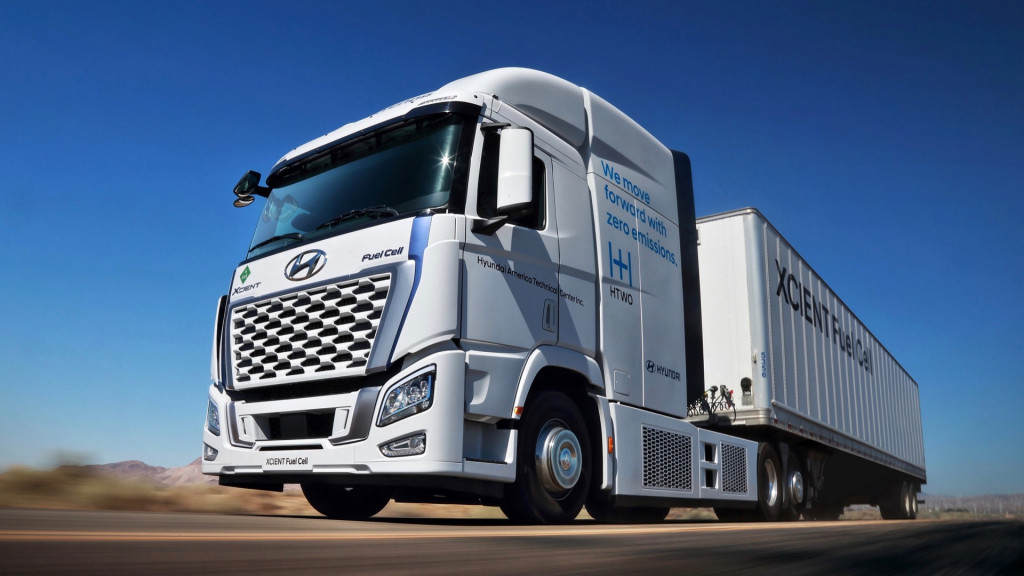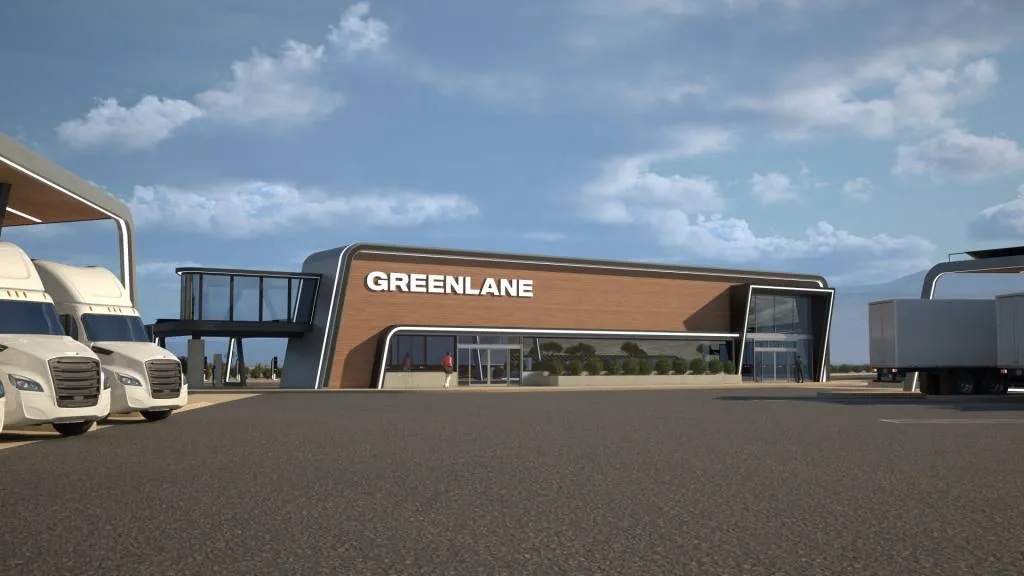The Biden administration on Friday outlined requirements for a hydrogen-production tax credit—with tight restrictions aimed at ensuring the hydrogen produced really helps lower emissions.
Known as the Clean Hydrogen Production Credit, the tax credit was created as part of the Inflation Reduction Act (IRA) to help spur large-scale production of hydrogen. But once the prospect of hydrogen subsidies arrived, many environmental organizations and some companies raised concern over how clean hydrogen production might actually be.
Hydrogen has its lowest environmental impact when produced via electrolysis, in which electricity is used to split water molecules into hydrogen and oxygen. But experts have noted that the source of electricity is important. Renewable sources keep overall emissions low, although coal or natural gas can make hydrogen production a major source of pollution.

Hyundai Xcient Fuel Cell semi truck to be used in California tests
In guidance released Friday, the Treasury Department discussed strict rules to avoid this. To earn the full tax credit, the guidance proposes requiring producers to use new sources of clean electricity built within the last three years. That could include wind farms that have recently expanded, as well as existing nuclear plants (nuclear power produces no carbon emissions, but new plants are unlikely to come online anytime soon), as long as they’re located on the same grid as the hydrogen facility.
The Treasury Department also proposes that, by 2028, electrolysis operations be required to run only when clean energy is available. These measures would help ensure that clean energy is used consistently, and that hydrogen production doesn’t divert too much power from other uses, requiring fossil fuels to fill in.
This largely avoids the concern when the federal government revealed its hydrogen-hub approach in 2021—when language seemed to allow for coal as a potential power source. Earlier, experts cautioned that these hubs might be as dirty as coal if clean hydrogen isn’t carefully defined. And even with stricter guidance in place, the entire industry will likely be looking for loopholes.

Rendering of proposed Daimler Trucks Greenlane charging and hydrogen fueling site.
The White House in October revealed the first seven regional hydrogen hubs, with a total of $8 billion for that part of the project. The hydrogen produced at these hubs will likely be used in commercial trucks more than passenger cars.
Toyota and Hyundai are among the companies that have broadened hydrogen fuel-cell semi truck plans in the U.S. And Daimler has made hydrogen part of its $650 million charging network for big rigs.

